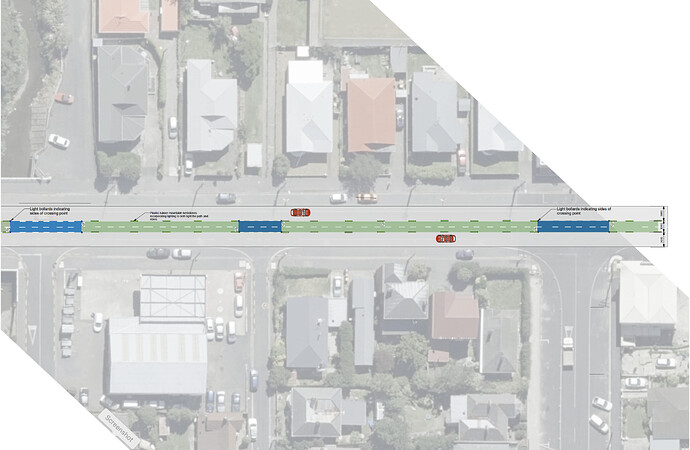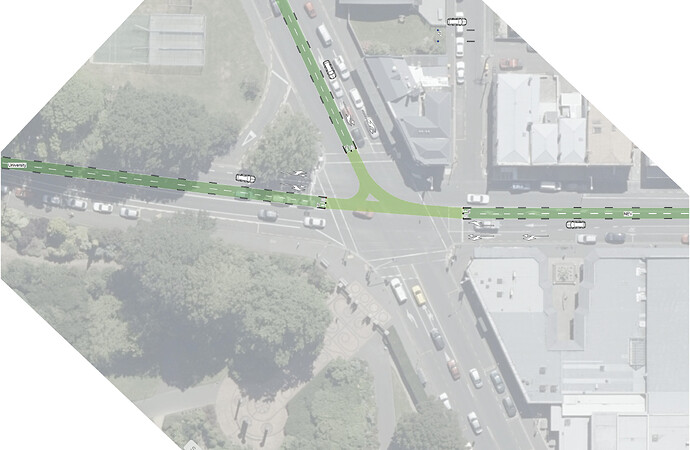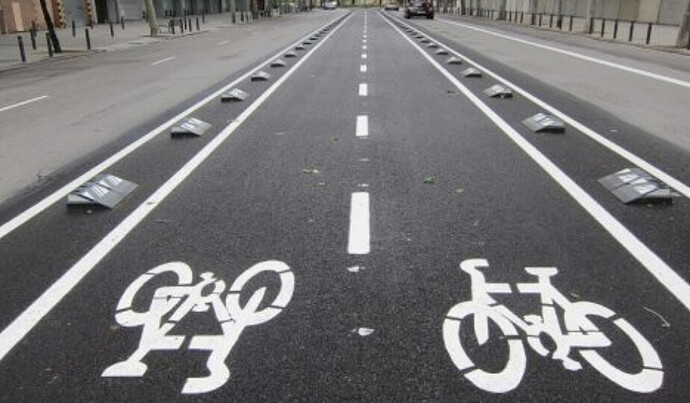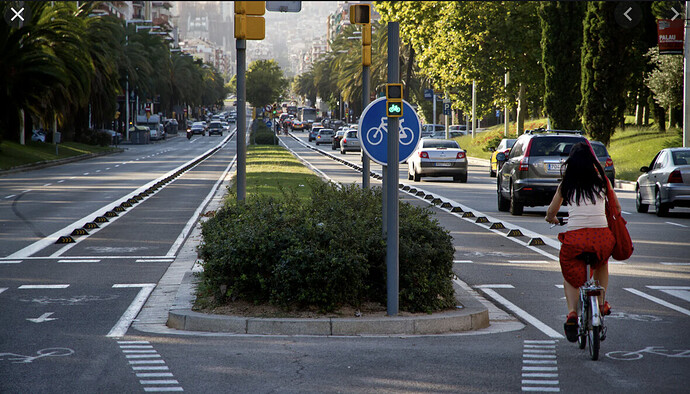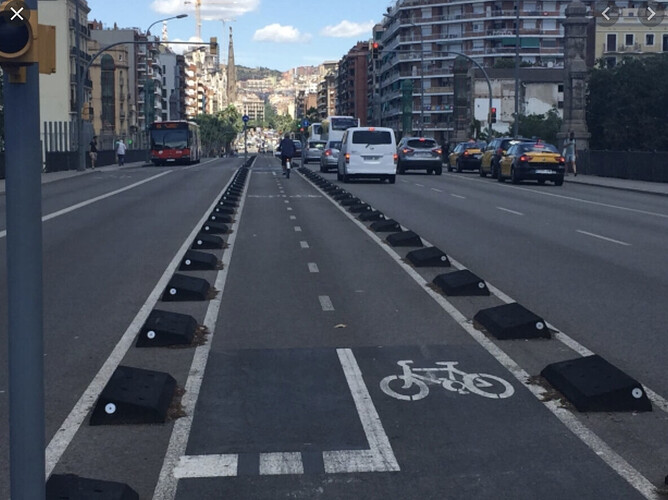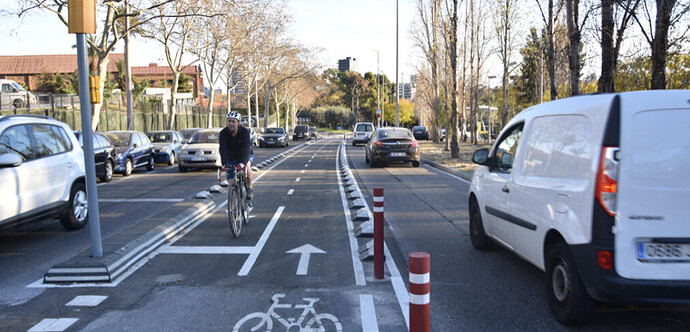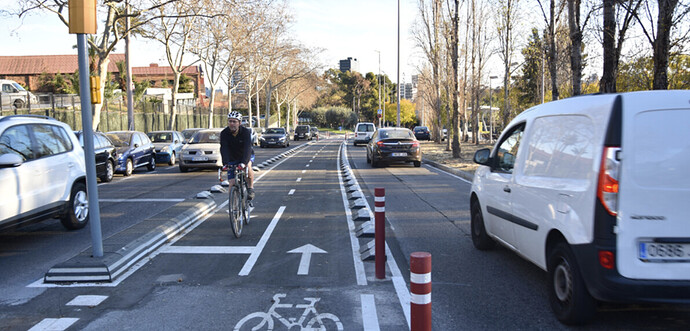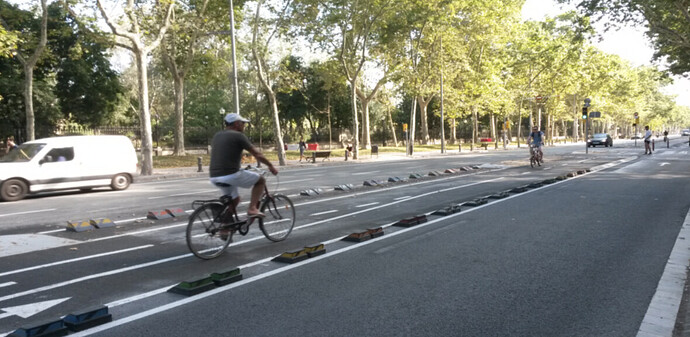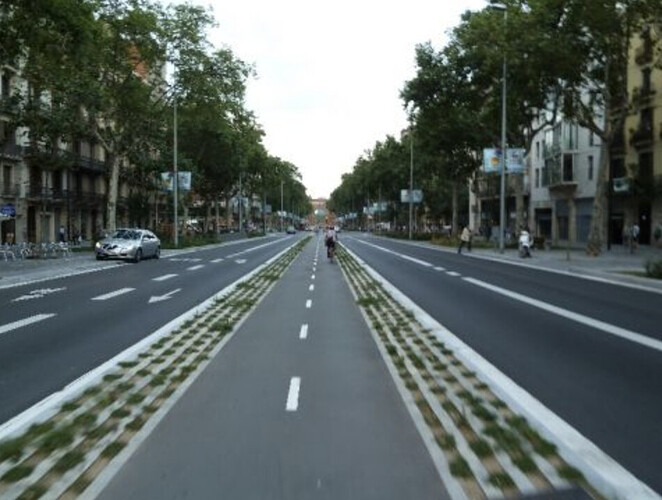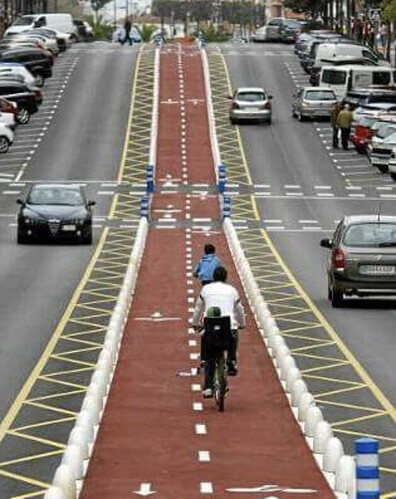This is the idea i’ve been discussing with Glen, to try and get a bit of feedback!
As I said I think it is worth looking at a case study to understand why the central cycleway is worth looking at in the real world, when it would not normally be considered an ideal option.
What We Need to Achieve
While there are many reasons why having a safe, efficient network for ‘active transport’ is desirable, let’s focus on one aspect.
In order that we meet our requirements for the Paris Agreement, we need to decarbonise our transport.
The way to do this is to move to EV vehicles and out of cars into other modes of transport. Significant progress needs to be made within 5-10 years.
When looking at other transport options, at present EV bikes look like a particularly strong case in providing a fast efficient cheep means of transport available as an attractive option for the largest number of people.
In designing a network, we should consider speeds of 30-40 km/hr likely, while much slower speeds will also need to be catered for.
This new network will need to be acceptable to the local community or it will not be built. If it significantly reduces the amenity of the transport network for it existing users, by way of increasing congestion, or reducing parking, it will not be supported politically or by the public to the degree needed to achieve a good interconnected network.
Case Study
Lets take North Rd in North-East Valley in Dunedin as a test case where we look at possible cycleway options.
There are no other locations that can be used other than the main route,
The road has parking both sides as well as numerous access points along both sides,
The road is generally cars and buses, with not a great detail of heavy traffic. It is busy at rush hours and after school, but generally reasonably quiet at other times of day.
At present it has painted painted cycle lanes down each side.
Due to the inherent dangers with left hand painted cycle lanes, due to cyclists mixing with parked cars and turning traffic, and the desire to better cater for children accessing the various schools in the area, it is very desirable to provide protected cycle lanes if we are to encourage more people to use them.
This however this presents significant issues, as is usually the case. To provide adequately wide cycle lanes on both sides of the road all parking will require to be removed. For a bidirectional cycle lane on one side, one side parking will be lost, and the problems with turning traffic seeing and understanding that cyclists are moving in both directions, as well as significant issues at intersections. Also, I do not believe in the current environment either of these options would be politically acceptable, so it is very unlikely anything will be done.
I believe an alternative is a centrally located semi-protected* cycle lane. This has the advantage of making cyclists the most visible by putting them on the right hand side of the traffic and into drivers direct field of view. It also bring the cyclists away from the danger and visual obstruction of parked cars.
However this type of lane has the disadvantage of visually making cyclists look more vulnerable, ironically due to the fact they are more visible and in therefore in reality more safe.
This type of cycleway has been used overseas, but as far as I can tell not extensively. In the main the examples I can find they put cyclists in the middle of duel lanes of traffic in each direction, which would make accessing the lanes more difficult and them look significantly less desirable. However even in these cases they appear to be generally successful from a practical point of view.
I would suggest if they were to be considered in a case such as above, the following guidelines would be needed:
- The speed limit on the road should be reduced to 30-40 km/hr,
- Only consider on reasonably quiet roads with one lane each way. Most of the examples below look to busy, undesirable and hard to get on and off,
- Fully painted lanes should be used to provide good contrast to the normal road,
-*Side protection to the cycle lanes should be provided, but this should be mountable such that it is possible for vehicles to access the extra width when necessary, thereby being able to make the cycle lanes as wide as possible.
- Refuge bays might be used at significant locations, such as schools, to ensure safe entry exit onto the cycle lanes. This would likely require the removal of some carparks.
Attached as a sketch scheme of the cycle lanes, along with photos of overseas examples. Barcelona has a number of examples. Not all great, but it does show it can work in the real world!
I’m interested in your thoughts.
Cheers
Steve
